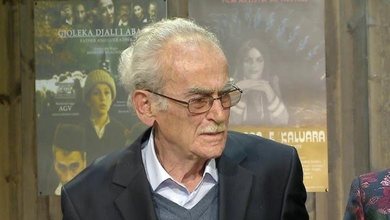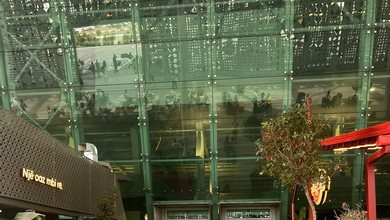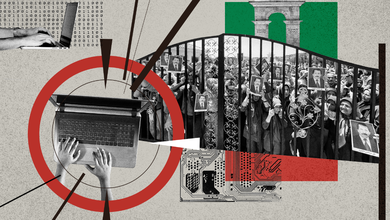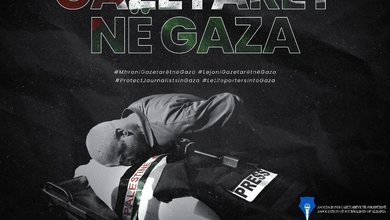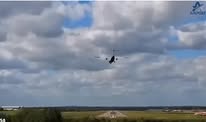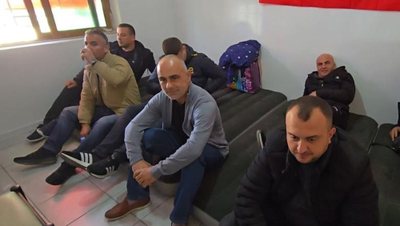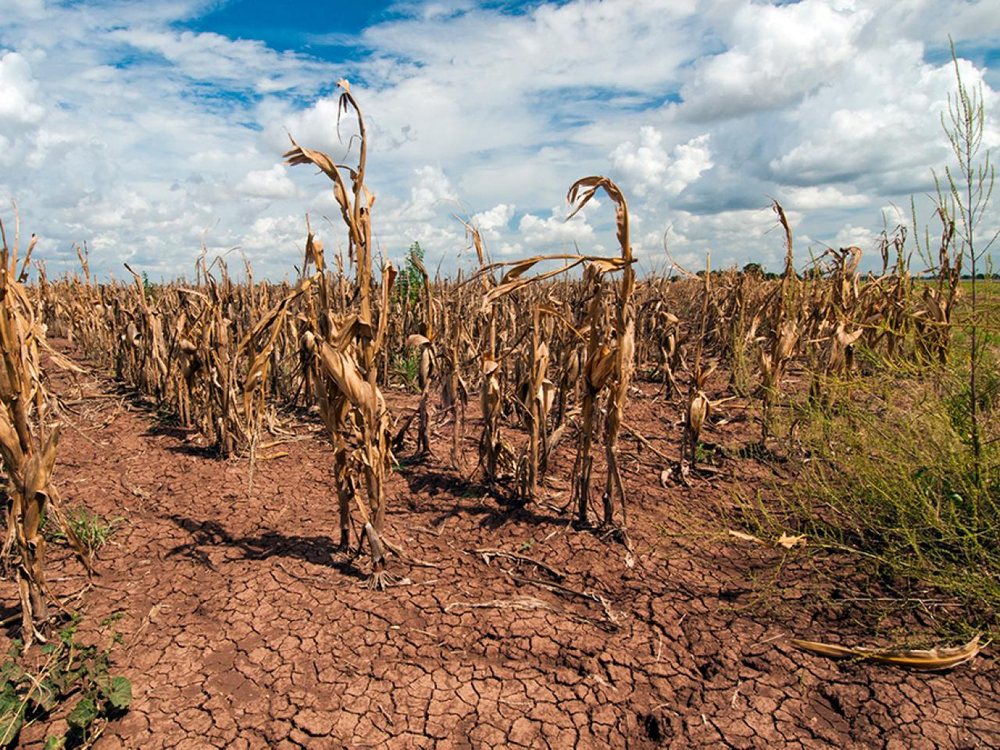
This year's season has been particularly challenging for Myzeqe farmers, who are facing low corn yields, directly impacted by prolonged drought and the lack of an irrigation system.
Although corn was planted on a significant area, the harvest that began a few days ago is showing that production is much lower compared to previous seasons. The greatest damage has been recorded in areas where irrigation is lacking, especially in the villages of Patos, where the drying up of the Kurjan reservoir has left entire lands without water.
Soni Semanjaku, a farmer from the village of Sheqishte, says he planted 8 hectares of corn, but the result has been disappointing: "We worked with the hope of a good harvest, but the lack of water has severely damaged us."
Meanwhile, other farmers, like a resident of the village of Belinë, have chosen not to risk crops that require intensive irrigation. He has planted barley and wheat, which are more resistant to drought.
The territory of the Patos municipality lacks active reservoirs for supplying the irrigation system. The only source – the Kurjan reservoir in Rroskovec – has dried up due to extreme weather conditions this season. Although the Seman River is nearby, it cannot be used for irrigation due to the difference in elevation between the river and the agricultural lands.
The impact of the drought has been felt throughout the Fier region, including areas where, under normal conditions, 80% of the land is regularly irrigated. The Directorate of Agriculture has not yet published official data on this year's yield, but forecasts show a significant decrease compared to last year.
However, a green light for farmers is the increase in the price of corn, which could somewhat mitigate losses from the poor production.


